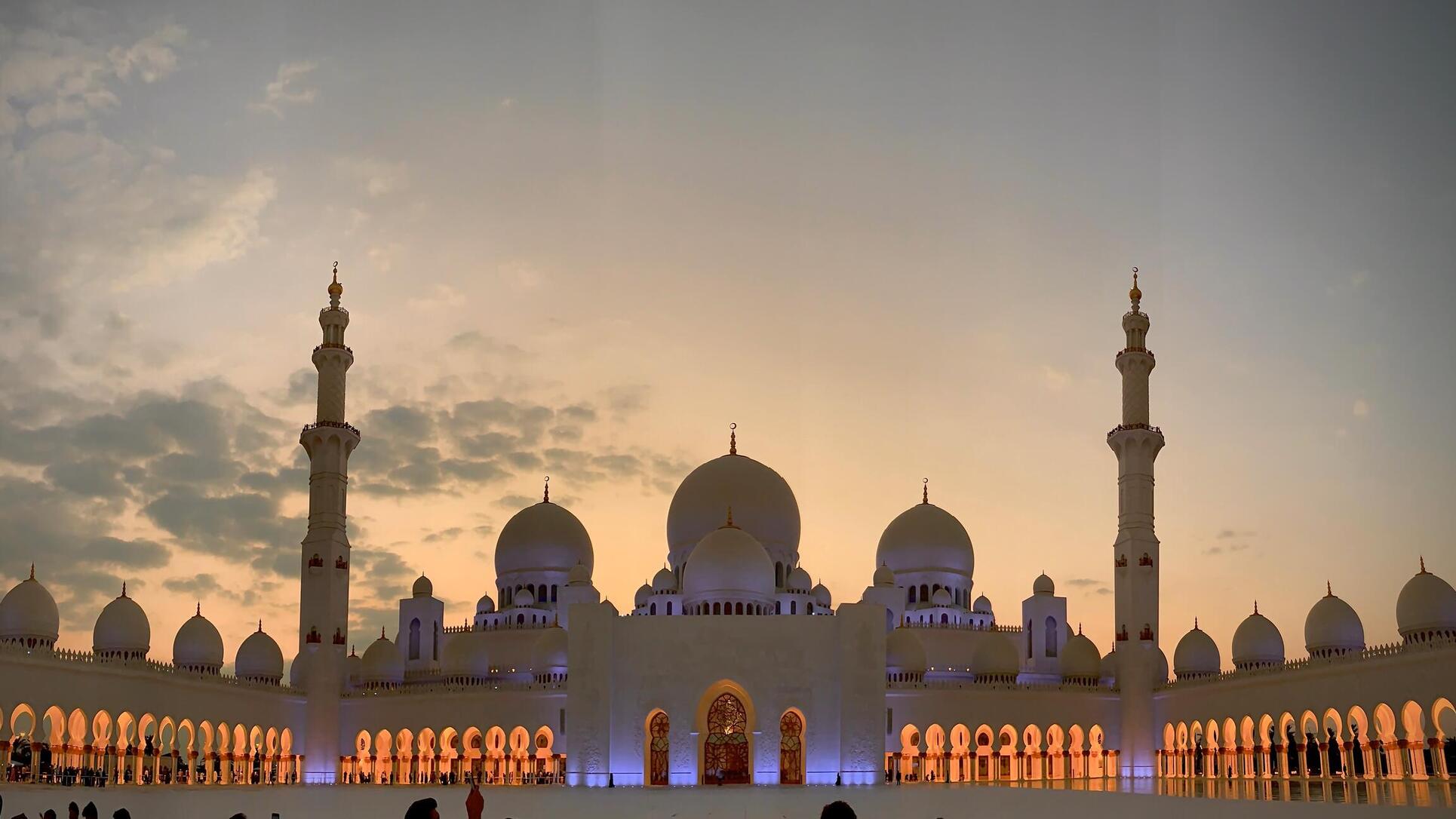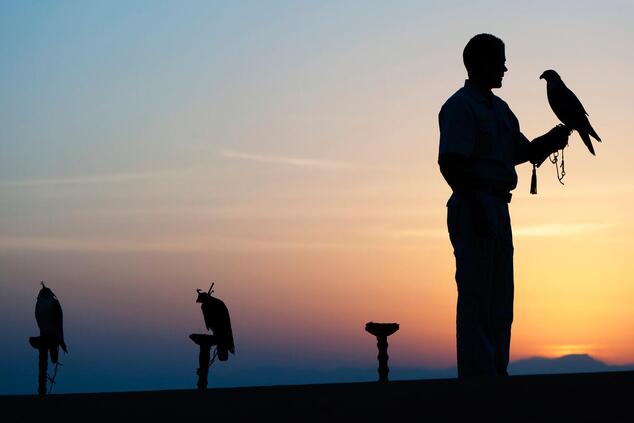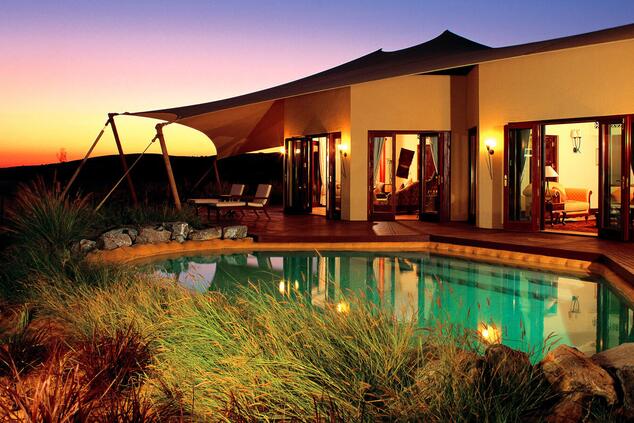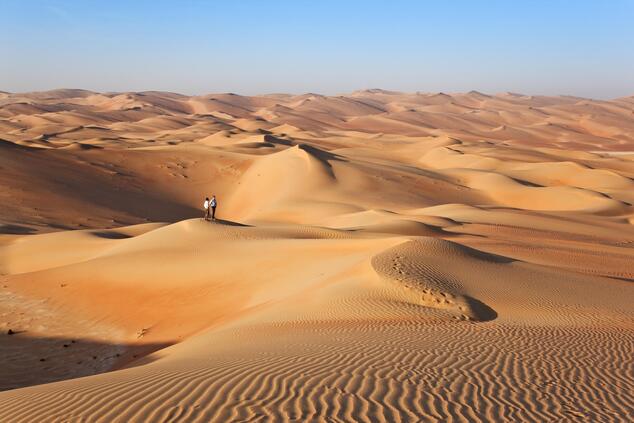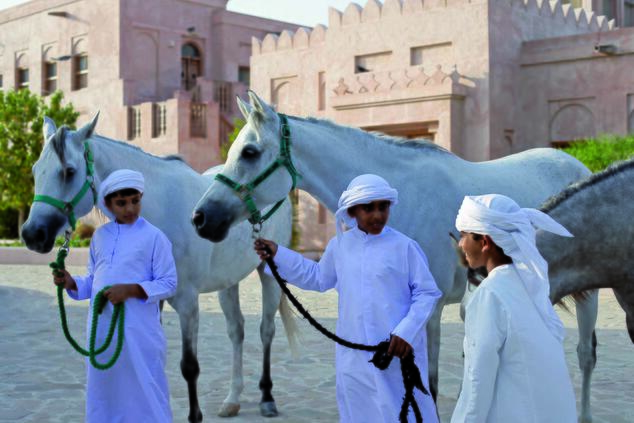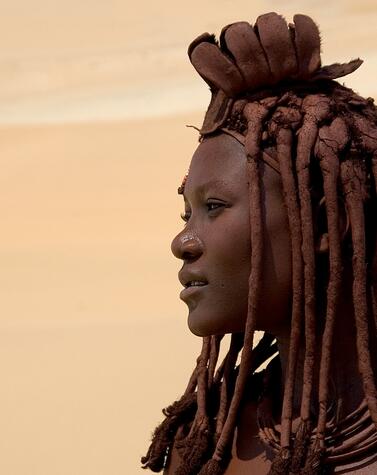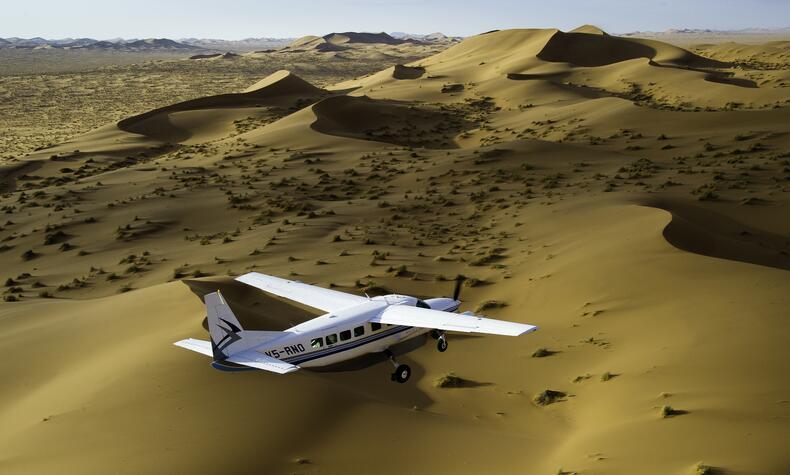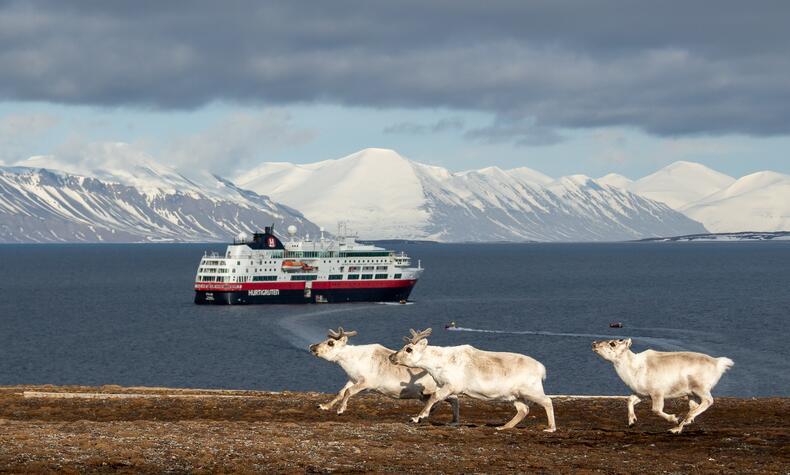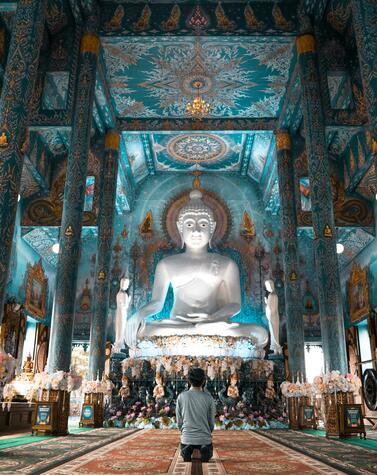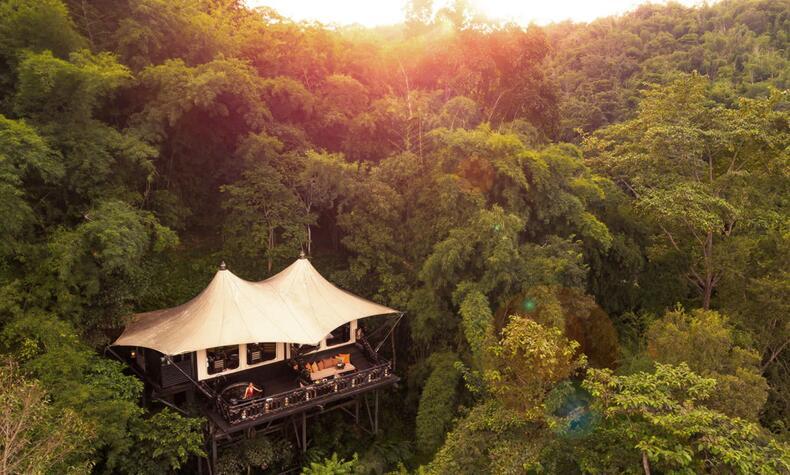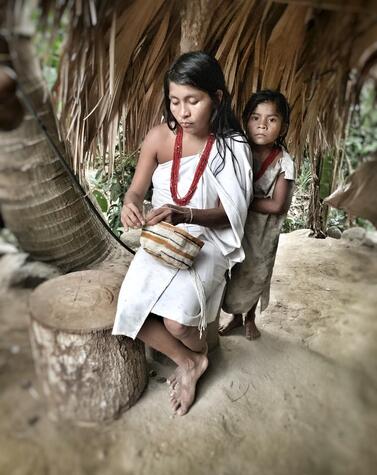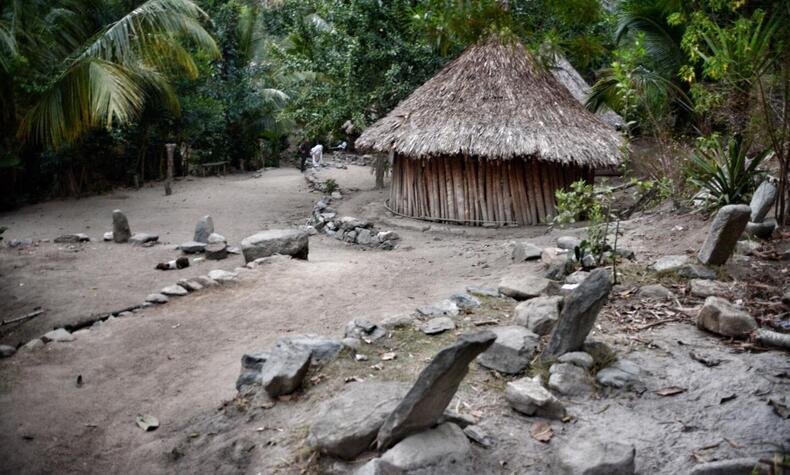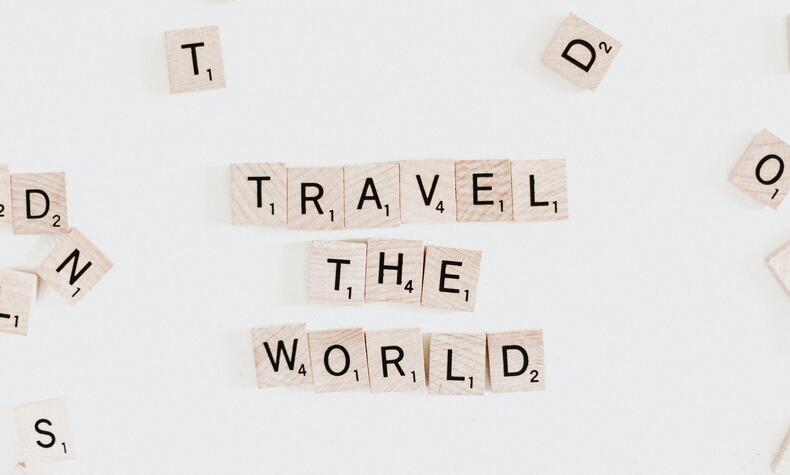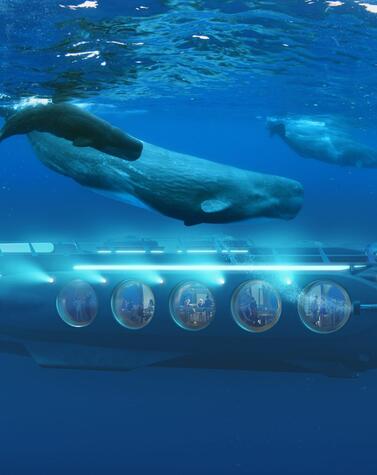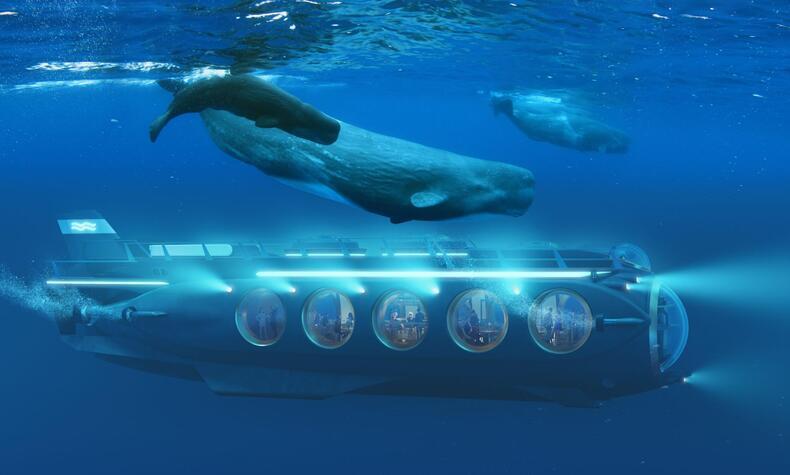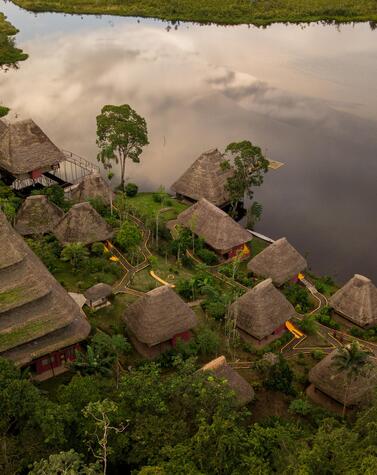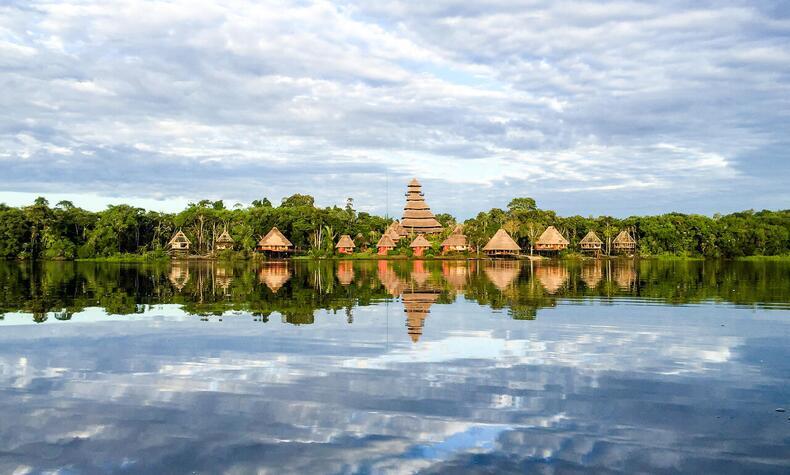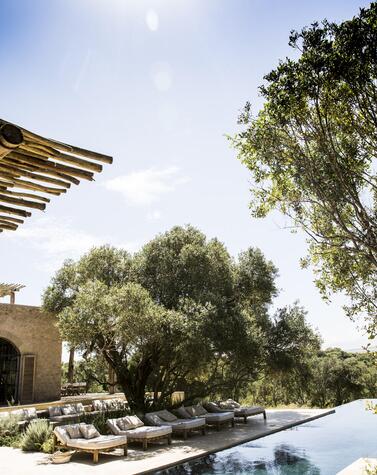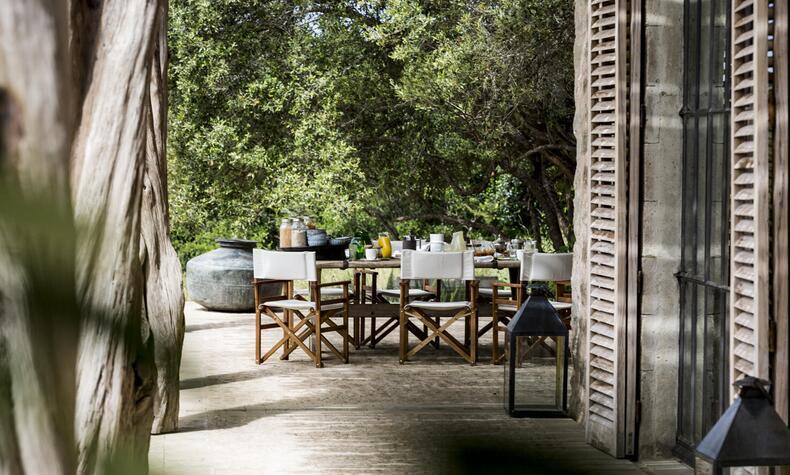Arab Emirates: The great desert of luxury
I have always thought that trips come at the right time in our lives, and for a specific reason. You don't always see it, but after every trip, a different person returns than the one who left home.
Initially, my trip was planned for a different destination, one I was equally excited about, but due to weather conditions, it wasn’t the best time of year to visit.
After weighing a few alternatives and considering I was already halfway to just about anywhere in the world, the United Arab Emirates came up in conversation. For some reason, it stood out as a place that had always felt distant, almost mythical, even unattainable.
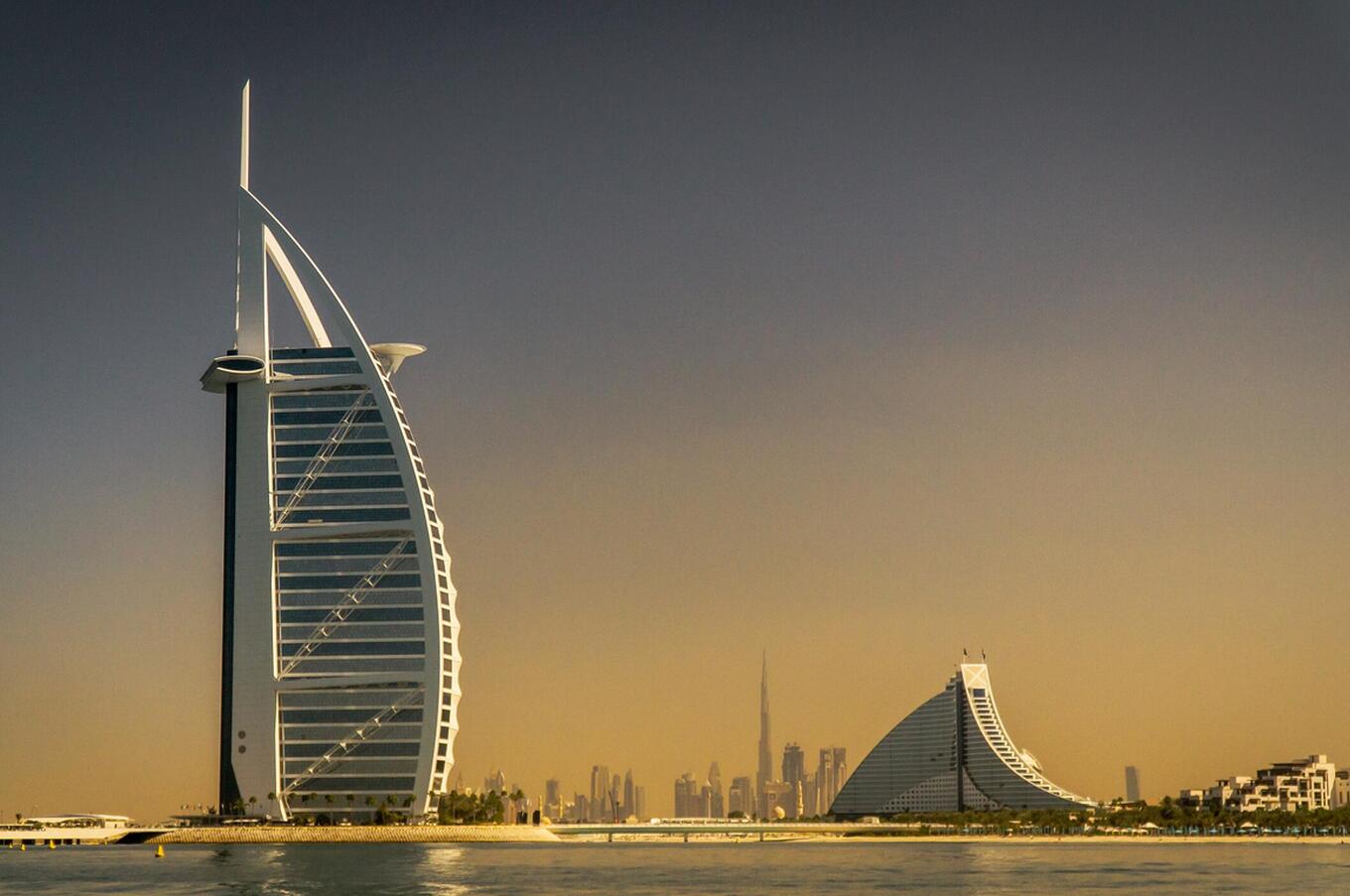
On arriving in Dubai, I went directly to Abu Dhabi, where my trip began. This is the capital of the 7 states that make up the United Arab Emirates. Each of them is ruled by its Emir (the noble title of the sheikhs), who has specific powers within the country. The country’s presidency is always held by a sheikh from the Emirate of Abu Dhabi, while the position of prime minister is traditionally held by a sheikh from the Emirate of Dubai.
I was told I would know as soon as I was there because you start to see trees at the intersection of the road. This was one of the first shocks I had. How do you keep so many trees completely green all year round, when you are in the middle of the desert?
Abu Dhabi undeniably has a slightly stronger cultural touch than Dubai. Despite following its same development model, there you can feel a little more of that Arabian flair that is perhaps harder to find in Dubai.
Undoubtedly, my time in Abu Dhabi will remain in my memories forever thanks to my visit to Sheikh Zayed Mosque.
This mosque is named after the first president of the United Arab Emirates, who initiated its construction, without being able to see it completed, as he died three years before its completion. However, the first ceremony that took place there was his funeral, and his remains are buried in the same ground. There is even someone who pays 24 hours a day for his soul.
With this work, Sheikh Zayed sought to unite the cultural diversity of the Islamic world with the historical and modern values of architecture and art. Making it a work that unites the world, through its designs, craftsmen, and materials from different countries in its construction, and opening the doors to people of other religions (something not allowed in other mosques in the world).
It is very easy to be amazed by the immensity and wonder of the Sheikh Zayed Mosque. White marble, gold, precious stones, Swarovski crystals, and one of the largest chandeliers in existence. All this makes it very difficult not to be delighted with the precision and design of this building.
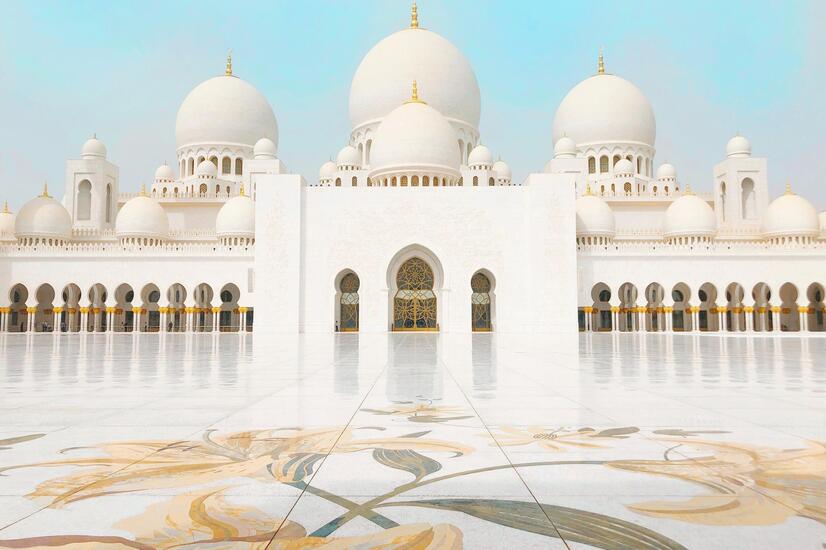
However, something that captivated me was undoubtedly experiencing the sunset in this magical place. Although it seems like something simple, you realize the level of precision that went into its design and construction, with such small details that combine perfectly with the natural light that falls with the day, and that only stand out when giving way to the night.
This was, without a doubt, a magical moment for me, one that even overshadowed an awkward experience which, although I had been warned about, still made me feel somewhat diminished simply for being a woman. Upon arrival, I was asked, and later reminded at every public access point, to ensure that not a single centimeter of skin was visible.
In that moment, a flood of thoughts and doubts ran through my mind, and I’ll admit, I felt a certain discomfort. But the moment you step inside the mosque, all of that fades. You’re immediately captivated by the sheer grandeur of the place. The entrance protocol, though difficult to understand at first, carries deep cultural significance. And for that reason, it’s something that deserves both acceptance and respect.
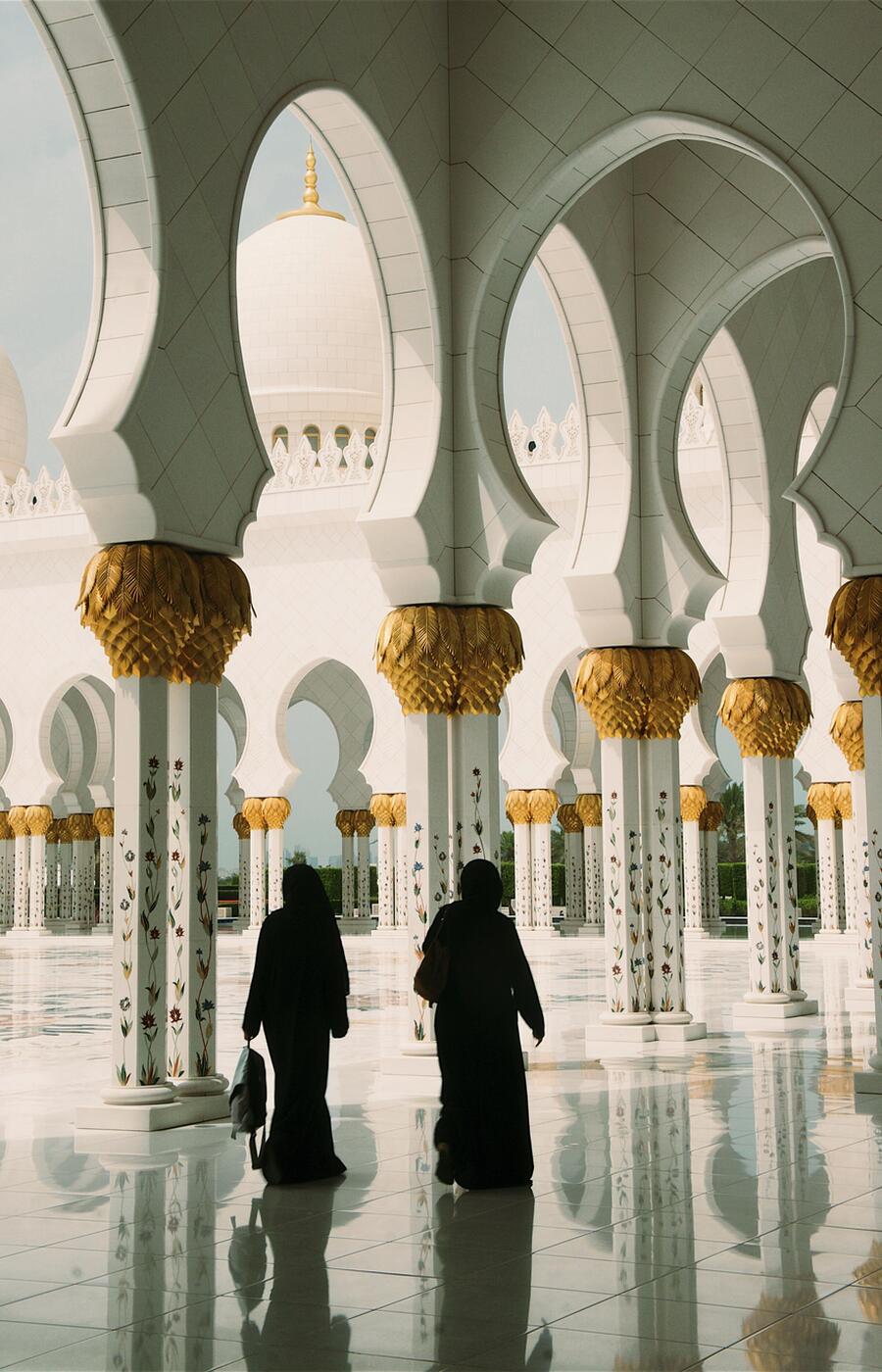
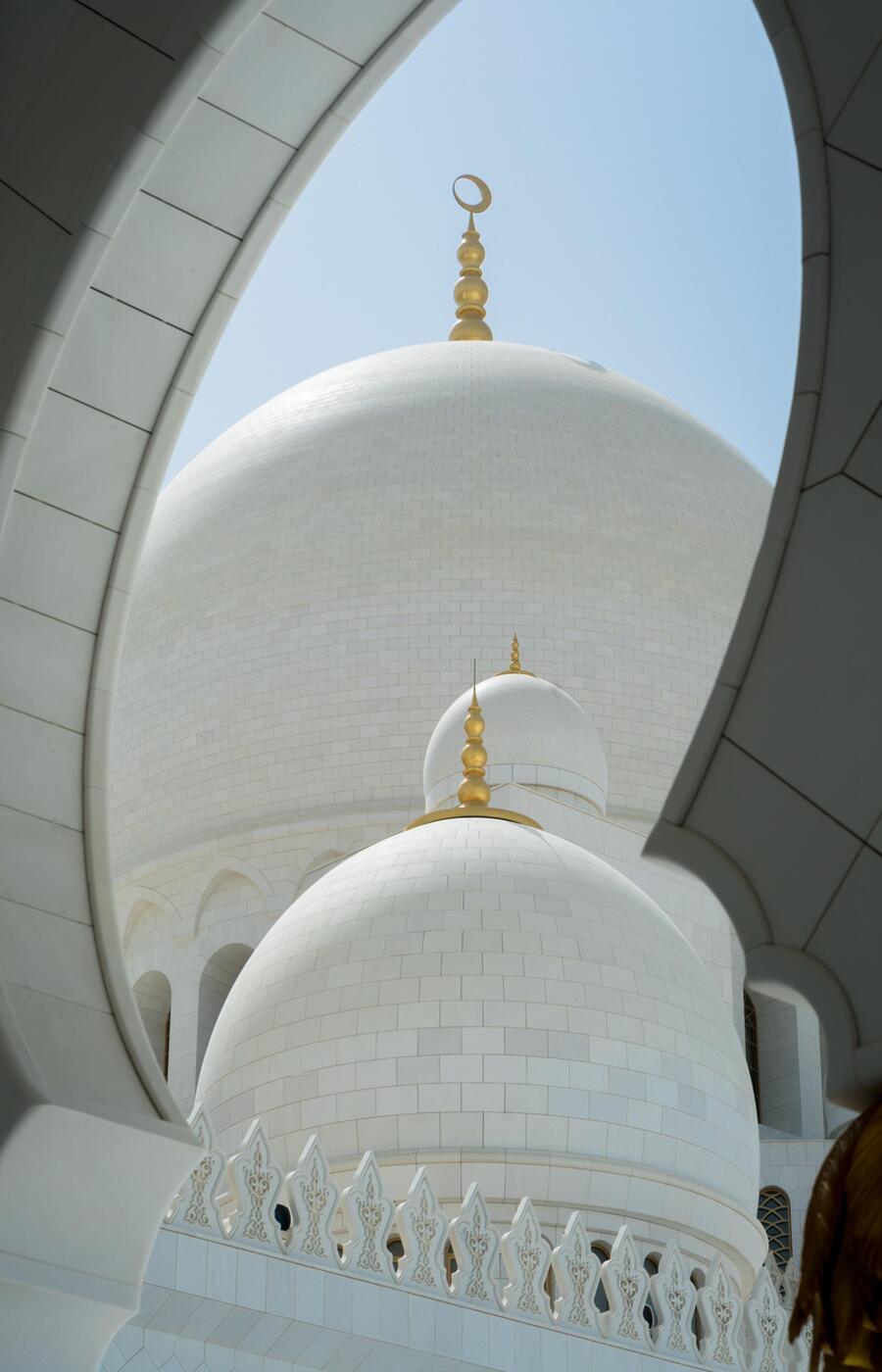
A horizon of red dunes
My journey continued into the desert, a place I had often imagined but never truly understood until now. On this first visit, I explored the Rub al Khali, or “Empty Quarter,” just 45 minutes from Abu Dhabi by paved road and remarkably easy to reach. It’s nothing less than the largest sand desert in the world.
Arriving and seeing its endless dunes, I felt, with every step, just how small we truly are. Every city, every country, every culture, every person we meet while traveling holds its own unique story. We’re so used to orbiting around our own little world, because that’s what the pace of modern life demands. But standing before those red dunes, a landscape I had only ever seen in photographs, was one of the most moving and unforgettable experiences of my life.
- Falconry is an ancient tradition in the Middle East. —
- Spending the night in the desert in an exclusive Bedouin-style tent is a must-do experience when traveling to Dubai. —
- The desert surrounding Dubai, with its large sand dunes, is one of the largest on the planet. —
- Arabian horses are highly appreciated all over the world for their elegance, character and endurance.
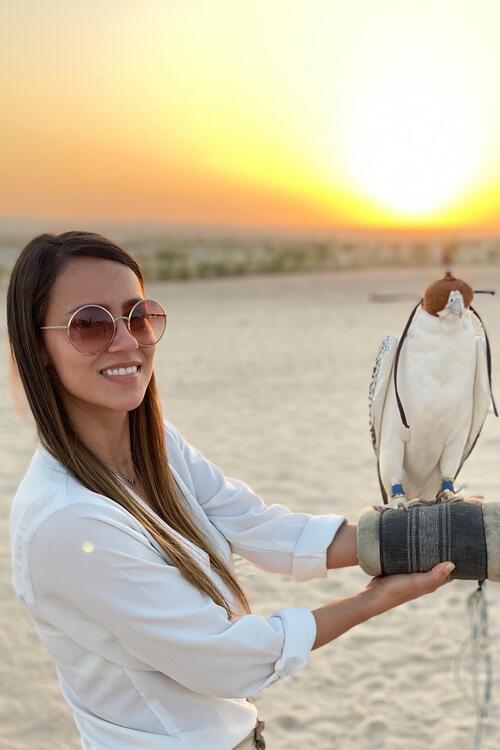
Enjoy an exclusive dinner in the desert while watching the show starring falcons. This animal is so important for the Arabian culture that, in their country, they even have passports so that they can travel by plane and even have hospitals just for them.
Back in Dubai, it is interesting to think back in time, where at the beginning of the 20th century, the chiefs of the Gulf tribes still lived in huts, herding cattle, picking dates and pearls, and fishing, as a way of subsistence. But it was in about 1958, when life gave them a complete change, and they became the most powerful men in the world thanks to the discovery of oil in the subsoil of their lands.
From there, I much better understood the vision of their rulers, and especially that of Sheikh Mohammed bin Rashid. He is the current vice president and prime minister of the United Arab Emirates, who has been the architect of much of Dubai's development as a result of reforms and strategies to make the UAE one of the best countries in the world by 2021.
He wanted to create a "world" as it is, and as he had dreamed it, on the premise that "the Emirate's prominence, sustainability, and competitiveness depend on the ability to cultivate skilled and talented people, attracting the brightest minds to generate innovative ideas."
All this can be seen embodied in each of the works he has been a part of, such as the Emirates airline, the Dubai World Ports, the Burj Al Arab and Jumeirah hotel, the Palm Islands, the Burj Khalifa, or the Dubai Expo, which have made that country a benchmark in architecture, science, technology, and progress.
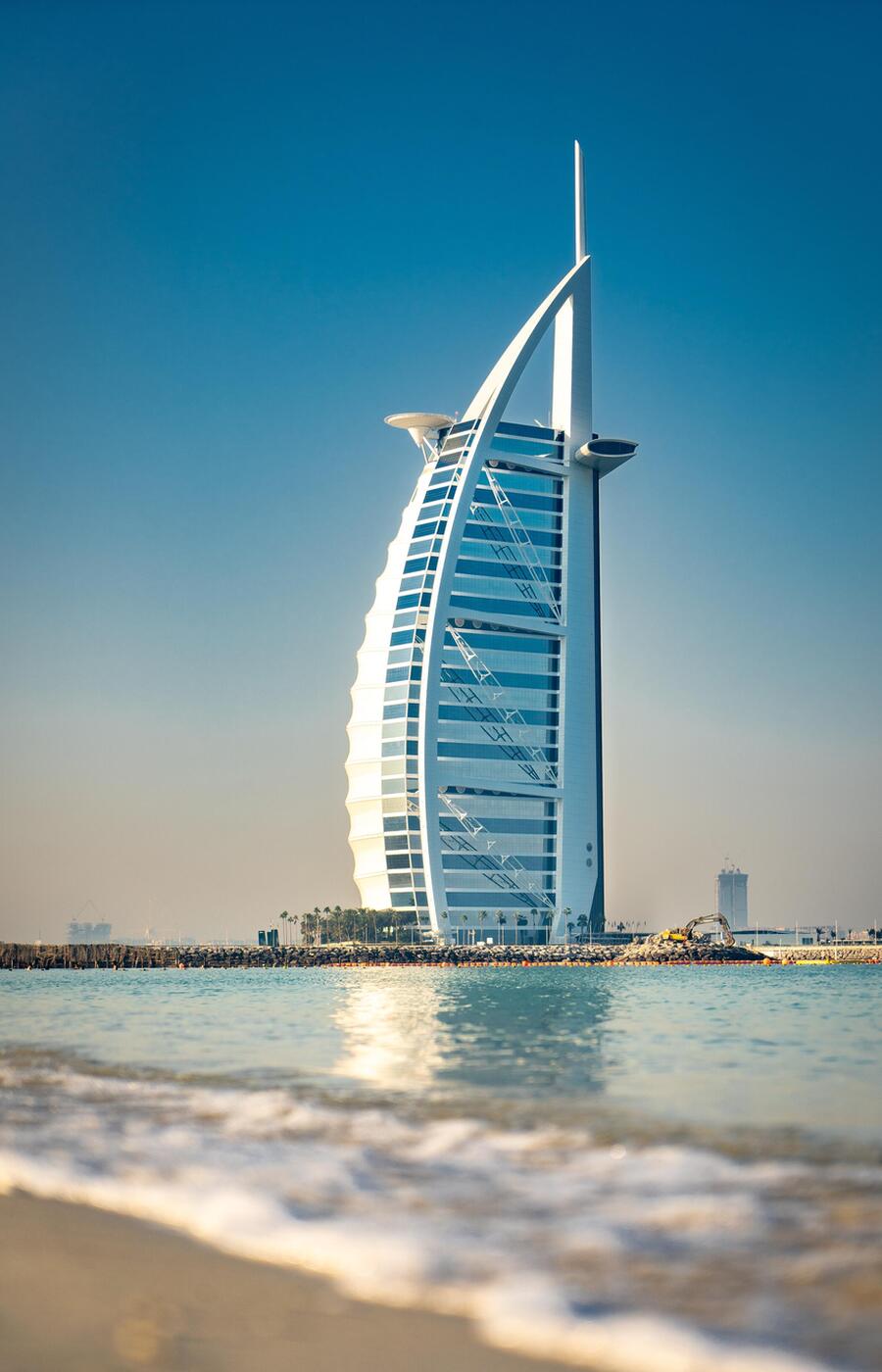
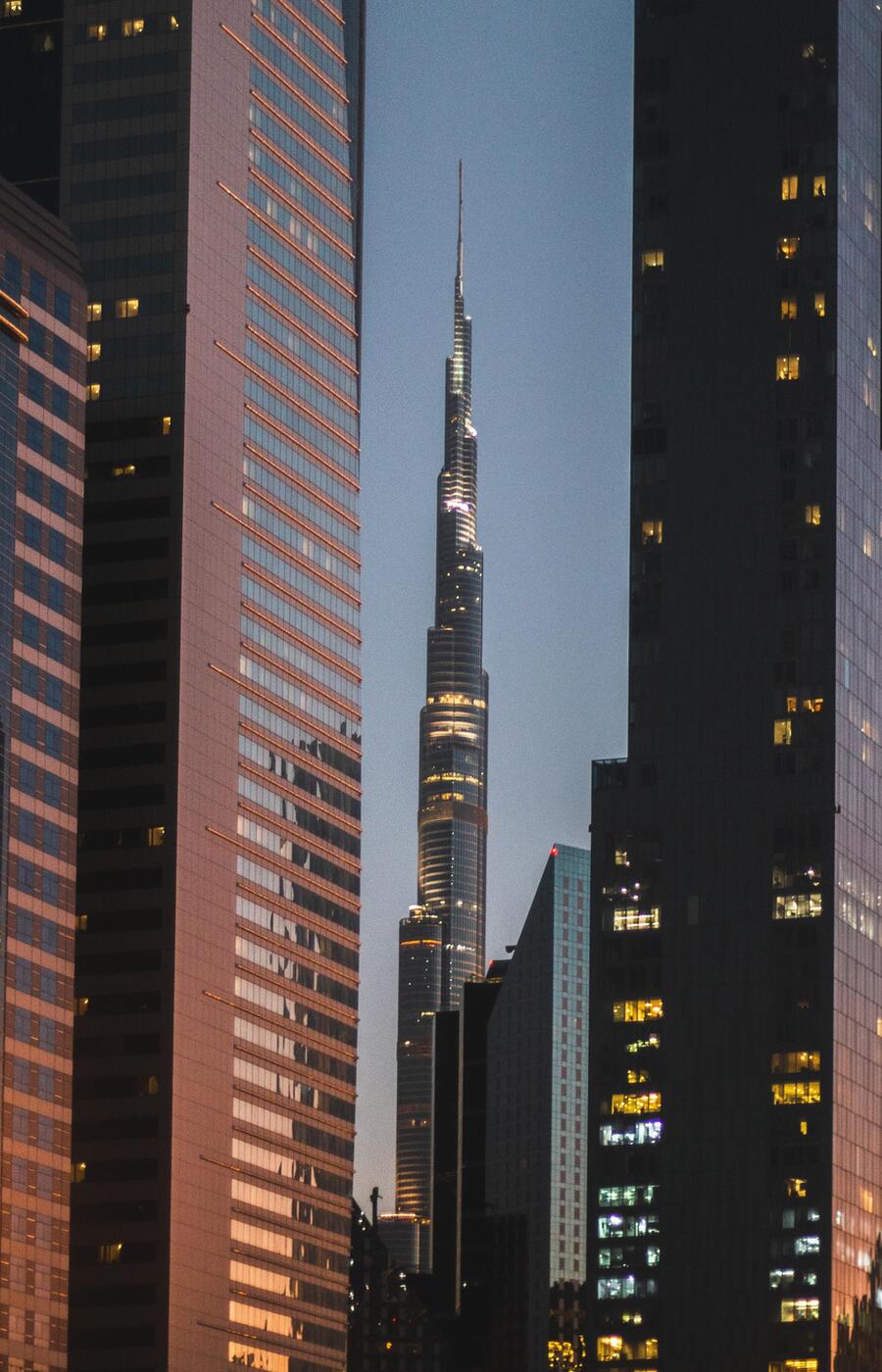
Without a doubt, the architecture in Dubai, with its modernity and splendor, is one of the things that most attracts the attention of people who visit this city for the first time, including me. Buildings with their own stamp, very different from the conventional, let you see that every architect lets their imagination fly to the top without fear that their projects will be rejected. There, the more different, eccentric, and complex the architectural project, the more attractive it is to investors and visitors.
The Burj Khalifa is a clear example of this. At 828 meters tall and 163 stories, it is the tallest building in recorded history. Here I had the opportunity to see the entire city from the 125th floor while sipping a glass of champagne, accompanied by some appetizers, enjoying a wonderful view.
The views were clear and spectacular, as it had rained naturally the day before and not artificially, as often mandated by the government. Although it was hard for me to understand at first, what the government does when there is a lot of drought is known as cloud seeding to increase rainfall by dispersing salt flares into the air before they reach their decomposition stage, and thus increasing the likelihood of rain. In this way, they cause the city to maintain humidity and preserve nature.
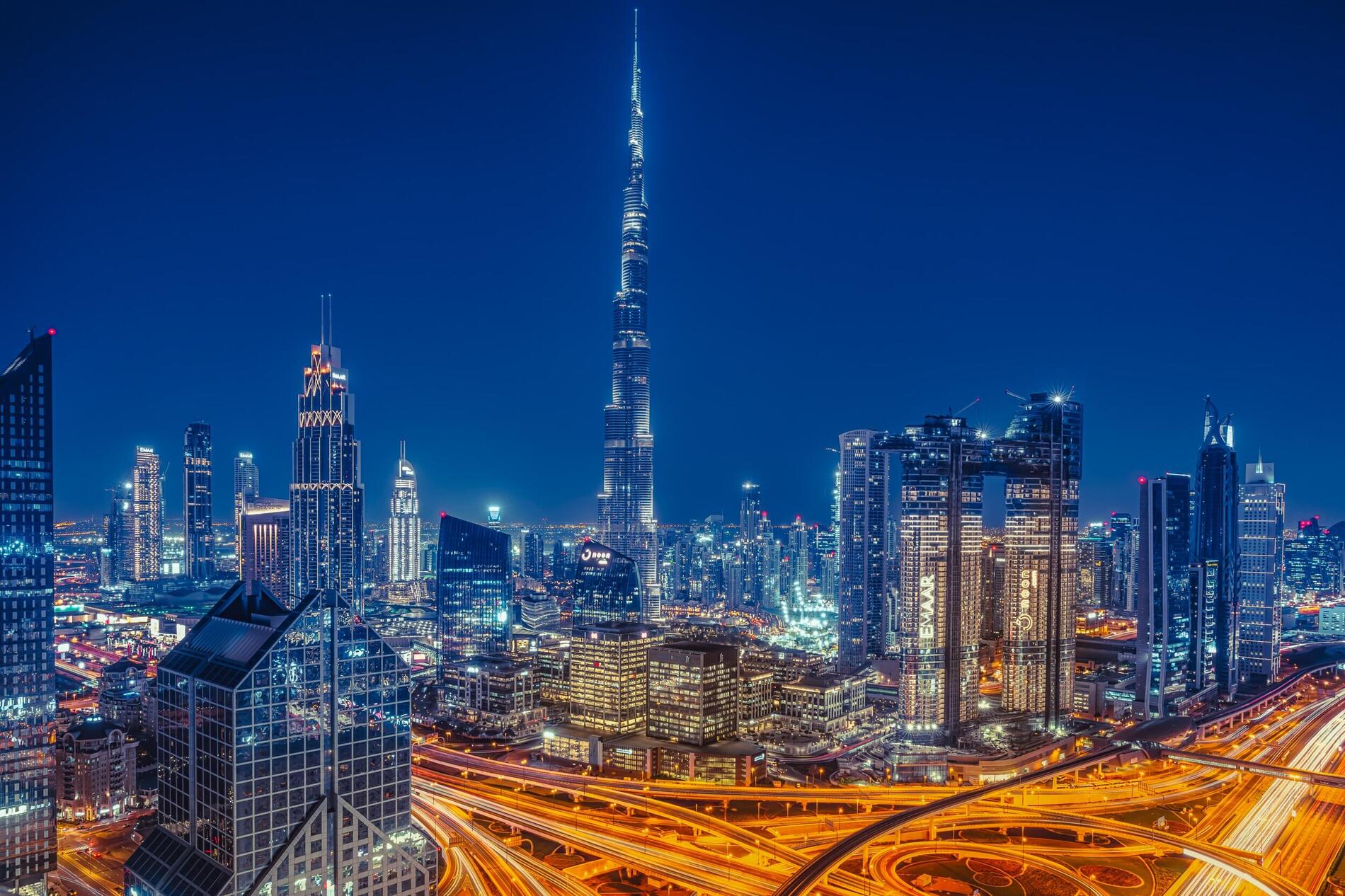
I couldn't leave the city without admiring it from another perspective, the air. When I boarded a helicopter on the last day, I already had a good idea of the grandeur they had created in such a short time. However, being in the air and being able to observe all its power reflected in the infrastructure of the city was definitely shocking.
Those 10 days of travel in the UAE will remain in my memories forever, as well as the vision of those who turned a great desert into one of the most visited and most recognized worldwide, with the firm belief of becoming the biggest and best in everything.
